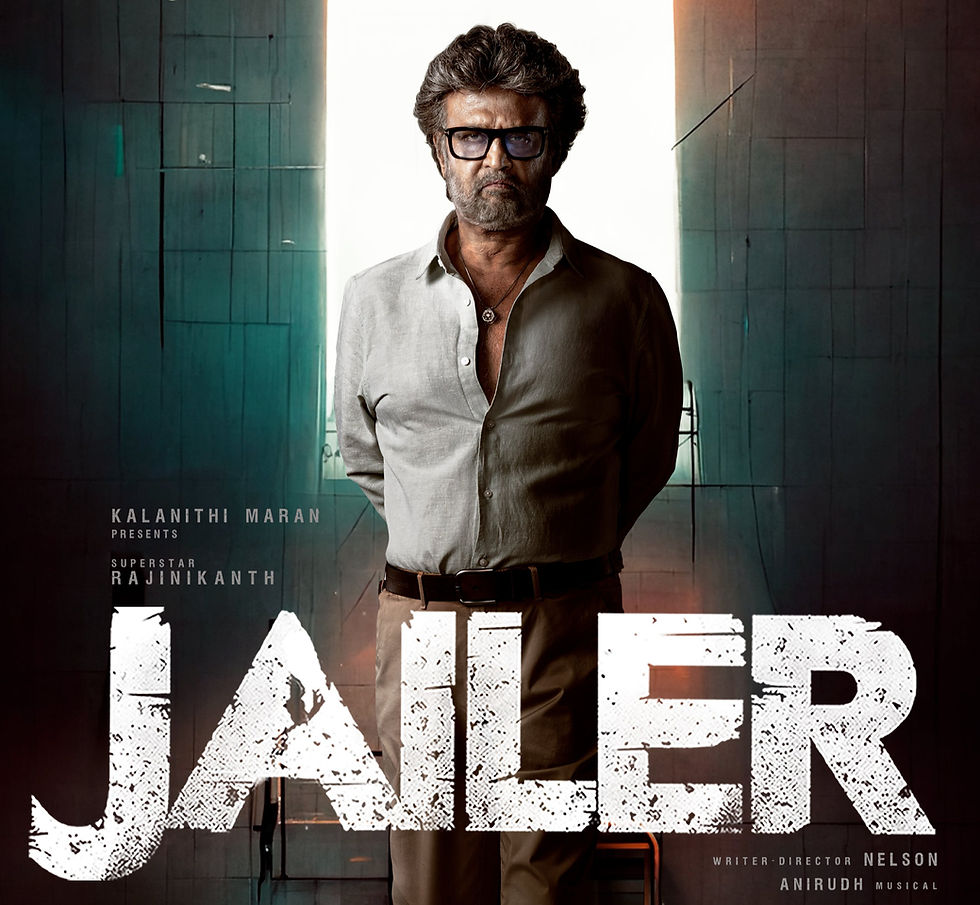🎵 A Deep Dive into “Oorum Blood” from Dude 🎬
- Keerthi Vasan

- 5 days ago
- 3 min read
In our journey at RM School of Sound & Music to recreate this vibrant track, it’s worth exploring both the original song and how our students interpreted it. This blog post captures the essence of the song, its production and how our recreation unfolded.
🎬 The Original: What’s “Oorum Blood” all about?
For those who love the tech side of music, here are some key details about the track:
Tempo: 130 BPM
Time Signature: 4/4
Key: Bflat Minor
It is composed by Sai Abhyankkar, with lyrics by Paal Dabba (who also performs a rap section) and vocals by Sai Abhyankkar, Deepthi Suresh, Bebhumika and Paal Dabba.
The song is described as an “introductory pop number” that injects energy and sets the film’s tone.
Why it works production-wise:
The arrangement fuses pop, rap, and Tamil cinematic stylings — a layered instrumentation and a driving beat.
The rap section by Paal Dabba gives it a street edge, while the singers bring melodic accessibility.
The production ensures clarity between the rap verses and sung parts — a useful lesson for our students in mixing contrast.

🎛 Our Recreation: At RM School of Sound & Music
At RM School, our students took on “Oorum Blood” as a practical project — recreating the track from arrangement through mixing. Here’s how we did it and what we learned:
The original uses tight drum programming with electronic kicks/snare and some live elements.
Students experimented with layer-stacking: a punchy electronic kick + subtle acoustic snare layer for warmth.
We emphasised side-chain compression for the bass to breathe around the kick — a modern mix tactic.
Vocals: Emulated the clarity and presence of the original. Use of pop vocal chain (de-esser, compression, EQ, short delay).
We also taught parallel processing for vocals: doubling leads, ad-lib layers, control of bleed.
In the original, synth hooks and bass-lines play under the chorus and rap. Our students replaced some with live bass/guitar to learn layering.
Use of automation: volume rides, filter sweeps to match the original’s dynamics.
We encouraged students to analyse the stereo field: how the original places the hook synth, the rap in center, backing vocals wide.
📌 Why This Project Matters for Our Students!
Real-world relevance: They worked on a trending song that is commercially released, making the project tangible and current.
Skill integration: Arrangement, programming, vocal production, mixing, and mastering all in one.
Teamwork: Roles reflect real studio environments (engineer, producer, artist, mix-assistant) — prepping them for industry.
Portfolio piece: Each student now has a track they can demonstrate — great for building resumes in audio/mixing services.
Creative freedom within constraints: We followed the original closely but encouraged creative additions (e.g., the added children’s choir) — important for developing artistic voice.
.
🎓 Want to Learn Sound Engineering & Music Production?
At RM School of Sound & Music, we believe in teaching beyond theory. From day one, our students work on real projects, learn industry workflows, and master the tools & techniques used by professionals worldwide.
If you dream of producing songs that sound like they belong on the big screen, this is your place to learn, practice, and shine.
📍 From Chennai to the world — training students across the globe.
Check out our DIPLOMA Certified courses on our homepage https://www.rmmusicstudios.net/ . For more information regarding our courses feel free to contact +91 9384674211 or mail us at rmschoolofmusic@gmail.com
Thank-you.
“Oorum Blood” is more than a catchy film-song; it’s a rich case study for modern Tamil pop production. At RM School of Sound & Music, the students’ recreation bridged learning and professional readiness — and I’m proud of the result.
Link to download the file : https://drive.google.com/file/d/1oX2b9wSYh5cWo8zBltUMSPzy3rT0_ii6/view?usp=sharing
_edited.jpg)






Comments